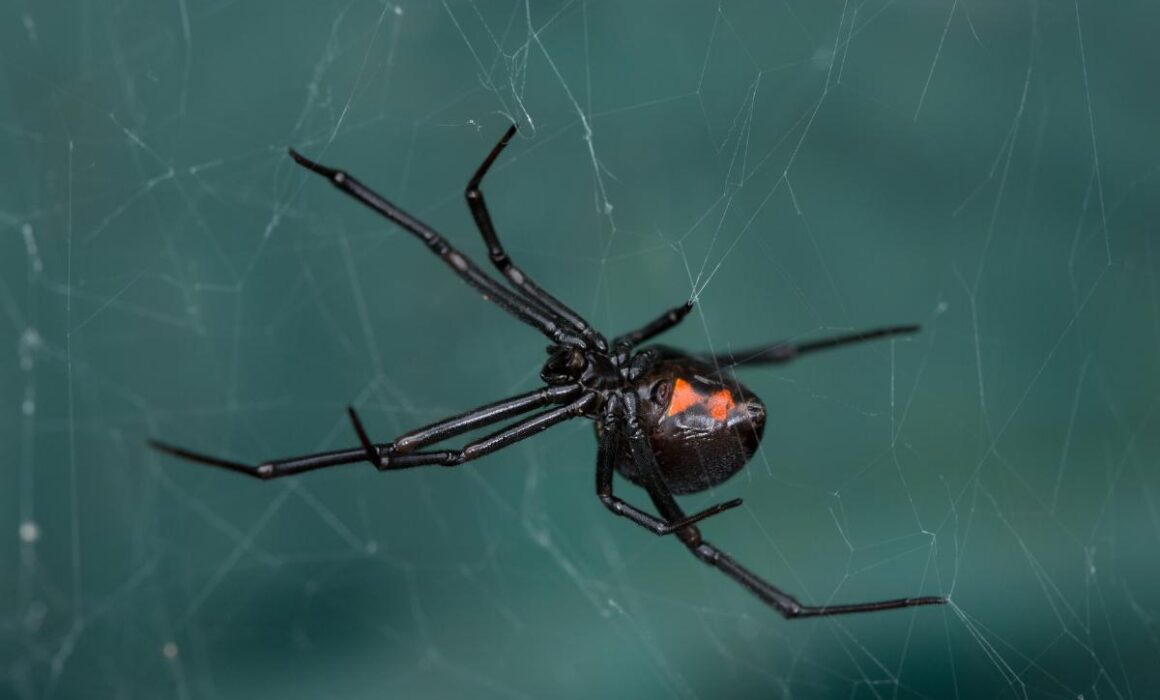How to Tell the Difference Between a Safe Wolf Spider and a Dangerous Brown Recluse
Spiders are a diverse group of arachnids found throughout the world, with thousands of species. Two spiders that are often a source of concern for people are the wolf spider and the brown recluse. While wolf spiders are generally harmless and even beneficial due to their role as natural pest controllers, the brown recluse is known for its potentially dangerous bite. In this article, we will discuss how to differentiate between a safe wolf spider and a dangerous brown recluse to help alleviate fears and promote a better understanding of these arachnids.

Physical Characteristics Between a Wolf Spider and Brown Recluse
- Wolf Spider:
- Size: Wolf spiders are typically larger, with a leg span ranging from 1/2 to 2 inches.
- Coloration: They have a variety of color patterns, but most are brown, gray, or black with distinct patterns or stripes on their body.
- Eye Arrangement: Wolf spiders have eight eyes arranged in two rows.
- Furry Appearance: These spiders often appear hairy and robust, with a noticeable tuft of hair on their spinnerets.
- Brown Recluse:
- Size: Brown recluse spiders are smaller, with a leg span of about 1/4 to 1/2 inch.
- Coloration: They are uniformly light brown or yellowish-brown, often with a darker brown violin-shaped mark on their back.
- Eye Arrangement: Brown recluse spiders have six eyes arranged in pairs, which is uncommon among spiders.
- Less Hairy: Brown recluses generally have a smoother appearance compared to wolf spiders.
Behavior and Habitat
- Wolf Spider:
- Active Hunter: Wolf spiders are active hunters that do not spin intricate webs to catch prey. Instead, they actively chase and pounce on their prey.
- Common Habitats: Wolf spiders are commonly found outdoors, where they reside in burrows or crevices and are seldom encountered inside homes.
- Brown Recluse:
- Reclusive Nature: Brown recluses are shy and tend to hide in dark, quiet areas. They are not aggressive and only bite when threatened.
- Indoor Dwellers: Brown recluses are more likely to be found indoors, often hiding in dark, cluttered spaces, such as basements, attics, and closets.
Venom and Bites
- Wolf Spider:
- Venom: Wolf spiders do possess venom, but their bite is rarely considered harmful to humans. They may cause mild pain, swelling, and redness, similar to a bee or wasp sting, but it typically subsides without medical treatment.
- Brown Recluse:
- Venom: Brown recluse spiders are known for their venom, which can cause necrotic (tissue-destroying) lesions in some cases. However, the majority of brown recluse bites do not result in severe symptoms, and systemic reactions are extremely rare.
It is essential to differentiate between wolf spiders and brown recluses to dispel unwarranted fears and concerns. While both are part of the arachnid world, wolf spiders are generally safe and even beneficial, whereas brown recluses are reclusive and rarely pose a significant threat to humans. If you suspect a brown recluse bite, it’s advisable to seek medical attention. However, understanding the differences between these two spiders can help reduce unnecessary panic and promote a more rational approach to coexisting with these arachnids.




